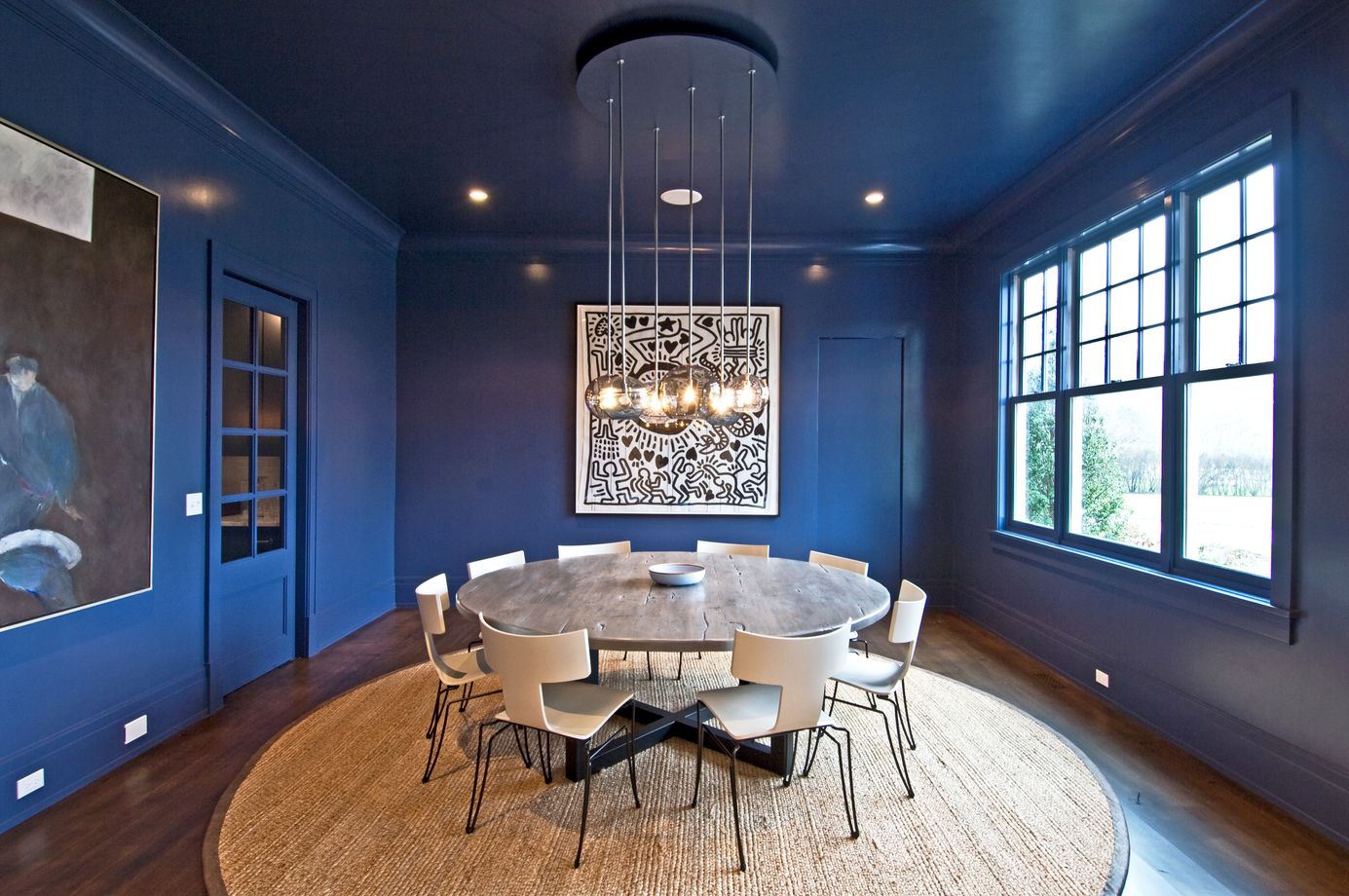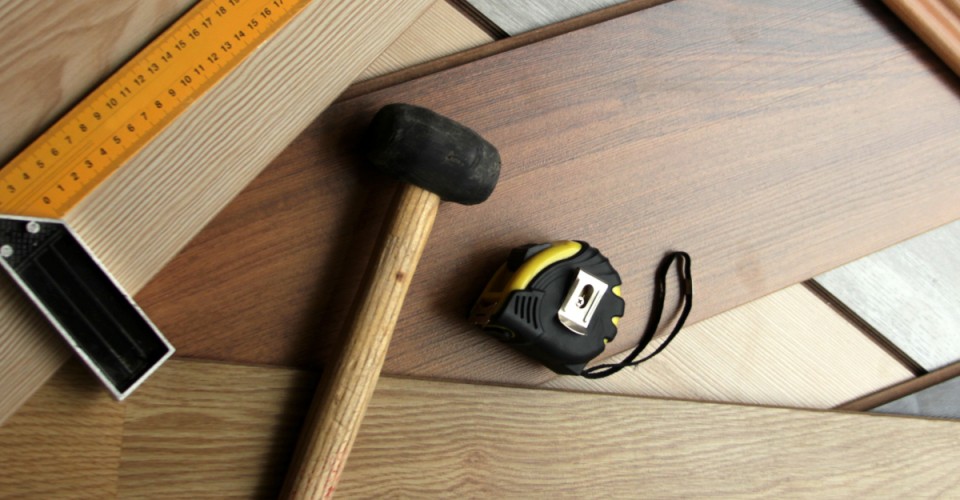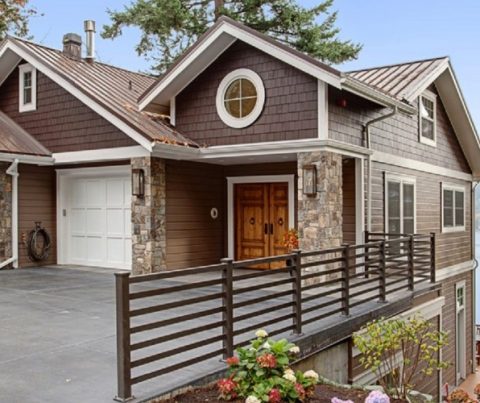Whether you’ve just moved into a new home or your decor just needs an update, interior painting is a great way to breath life into your space. Your new walls will surround you for years to come, so it’s important to choose the right color and hire the best painter. If you’re painting your home before it goes on the market, a great paint job will certainly increase it’s value.
At Porch, we empower homeowners by providing the tools and confidence to hire great home improvement professionals for their projects. Make sure you’re prepared for every stage of your interior painting project with our informative guide step-by-step guide.
If you’ve submitted a project request on Porch, expect to hear from a few contractors over the next 24-48 hours.
If you haven’t started a painting project with us yet:
There are several things you should know before starting a painting project. When the painters call, these are the questions you should be asking:
- What is your company name, location and phone number?
This information allows you to vet the professional once you’re off the phone. This can be done by viewing their profile page on Porch (this will be listed on your project page) and by searching for reviews on other sites such as BBB. - Are you and your subcontractors bonded and insured?
In most states, painting contractors aren’t required to be licensed. However, it is important that they are bonded and insured. This ensures that you are protected if the contractor doesn’t finish the job, doesn’t pay their subcontractors or hurts themselves on your property. Read more about Insurance and Bonding. https://porch.com/advice/insurance-bonding/ - When would you be able to start a project like mine?
This question will determine the availability of the professional. If you have a specific schedule you need to stick to but the professional won’t be available for a few months, it may be worth considering other options before requesting an estimate. On the other hand, if you need to arrange financial aid before the project starts but the professional has a large job planned for the time that you’d like to start, you will need to know this. - Would you be able to provide references for previous clients?
This is especially important with painting projects. Seeing the professional’s work is an extremely good way to determine if they do good work. If a professional cannot provide any references for clients, it’s not a good sign. Tip: The less recent the job, the better you’ll be able to tell how well their work holds up.
These are questions relevant to all interior painting projects but you may have additional questions that are important to you. Asking questions gives the contractor a better perspective of your priorities and will enable you to determine who is right for your project.
Choosing your paint
The extensive selection of paints in the decorating aisle of your local hardware store can seem daunting. If only your decisions started and ended with collecting color samples and painting little sections of the wall you want to paint. But no, there are finishes, primers, warranties and natural light to think about as well.
Paint Types
Knowing what finish and primer you want for your walls is going to be crucial to communicate to the professional. Take a look at this article describing the different paint types on the market and the benefits of each, to make sure you make the right decision.
Paint Color
Choosing a paint color is a decision you’ll have to come face to face with every day. Everybody will have different styles and tastes but here are some universal tips for What Paint Color to Choose in What Room.
When selecting your paint color consider which direction your windows are facing. This will impact how the colors will appear in the room at certain times of the day. Here’s an overview of which colors suit which direction.
Northern exposure will offer an even, indirect light that is present throughout the day. This will accentuate cool colors like blues and greens.
Southern exposure invites stronger, shifting sunlight into the home. This may change how your wall color appears throughout the day, so test out the color during different times of day.
Eastern exposure will give your room strong sunlight in the morning and lots of shade in the afternoon. Warm or contrasting colors work well with eastern exposure rooms allowing your space to feel completely different as the light changes.
Western exposure rooms will experience stronger sunlight in the evening. Light walls coupled with dark furniture will compliment this light by offering a bright morning as well as a cozy evening.
No windows, no problem. You are able to choose the type of light you want to fill the room with and therefore the ambiance throughout the day. Incandescent and halogen bulbs pair well with warmer colors, whereas fluorescent bulbs will work well with cooler paint colors.
Budgeting
It’s easy to get lost in the excitement of choosing a paint color and forget about the costs. After the gallons of paints, primers and labor, the price can add up. Here are some tips for Keeping Your Painting Project on Budget.
Costs
Painting projects are one of the trickiest projects to estimate the pricing of because of the various factors that can affect the overall cost. This includes the, quality of paint, quality of the workmanship, ceiling/trim work, area that you live and season. The shape of the room is also a factor in the cost, a kitchen may have less square footage of space to paint but the labor will be more intricate.
The best way to make sure you’re getting the right prices is by obtaining multiple estimates as the prices can vary hugely from contractor to contractor. We’ve seen a small kitchen paint job in Seattle cost $800 and a whole house interior paint job in Texas cost $4,000. The prices can vary hugely from contractor to contractor.
If you’d like to calculate a rough estimate of materials and labor in your area. The HomeWyse price calculating tool can be a good starting point.
Getting estimates
We advise requesting estimates from at least 3 contractors. Not only will this give you an idea of the cost, it will allow you to get to know the contractor and their ideas for your interior painting project. This is crucial to selecting the right contractor for you.
Here are a few questions you should make sure you ask painter during the first meeting:
- What is the payment schedule and process?
- What warranty do you offer for your workmanship and materials?
- How long have you worked with your subcontractors or crew?
- Do you specialize in interior painting?
- How long do you predict my project will take?
- Will you be able provide drop cloths for furniture and flooring?
- Can you provide any customer references?
Tip: remember that there is a difference between the warranty of the workmanship and the product. A lot of paints will have a “lifetime warranty” but this doesn’t include general wear and tear (like sun damage).
Contract
Once you’ve accepted a bid from a contractor, you’re well on your way to your project starting. Before any money is exchanged, make sure you have a written contract.
The most important things to look for in your interior painting contract are:
- A payment schedule
- Details of materials used and their cost and warranty
- Details of the project (from the number of coats to the time schedule)
Remember: If you have a change of scope of the contract, it’s extremely important to draw up a ‘Change Order’ form.
Preparing for your project to start
Now you’ve scheduled a time for your interior painting project to start, make sure you prepare your home. The following preparations will ensure that your home is safe for your family and the contractors and that none of your property is damaged.
- Make sure all your furniture and flooring is covered
- Clear the hallways that the contractors will be using
- Remove anything hanging from the walls
- Show the professional any damage that your home already. This will prevent any disputes as to who caused the new damage, if any occurs.
When the project is complete
Here are a couple of questions that you can ask the contractor after your project is complete:
- How long will I have to wait to move my furniture back into place?
- What window treatments do you recommend so my paint doesn’t fade?
- Where can I review your work?
If you’ve followed these steps to find a great contractor then you’re well on your way to a stress-free paint job. At Porch, we understand that accidents happen. If any damage is caused to your property as a result of the professional we can help you make this right. Read about the terms of our Guarantee.
If you have any questions throughout your remodel, the Porch Home Assistant Team will be happy to help. They can be reached via email at homeowner@porch.com.
Related Article: Can Paint Color Increase Your Happiness?




